When we go on a picnic outside the city, we usually take with us water and food in the amount of the daily norm for one person (or a little more than that), multiplied by the number of participants of the event. In the case of a multi-day hike, the amount of supplies still needs to be multiplied by the duration of the “expedition”, but this is not always the case with water: most often tourists hope to find some local sources of it: wells, rivers, lakes. It will also not hurt to have a certain set of medicines for quick aid in case of injuries, burns and poisoning. And even if the hike takes place in the summer, warm clothes are a good thing to have.
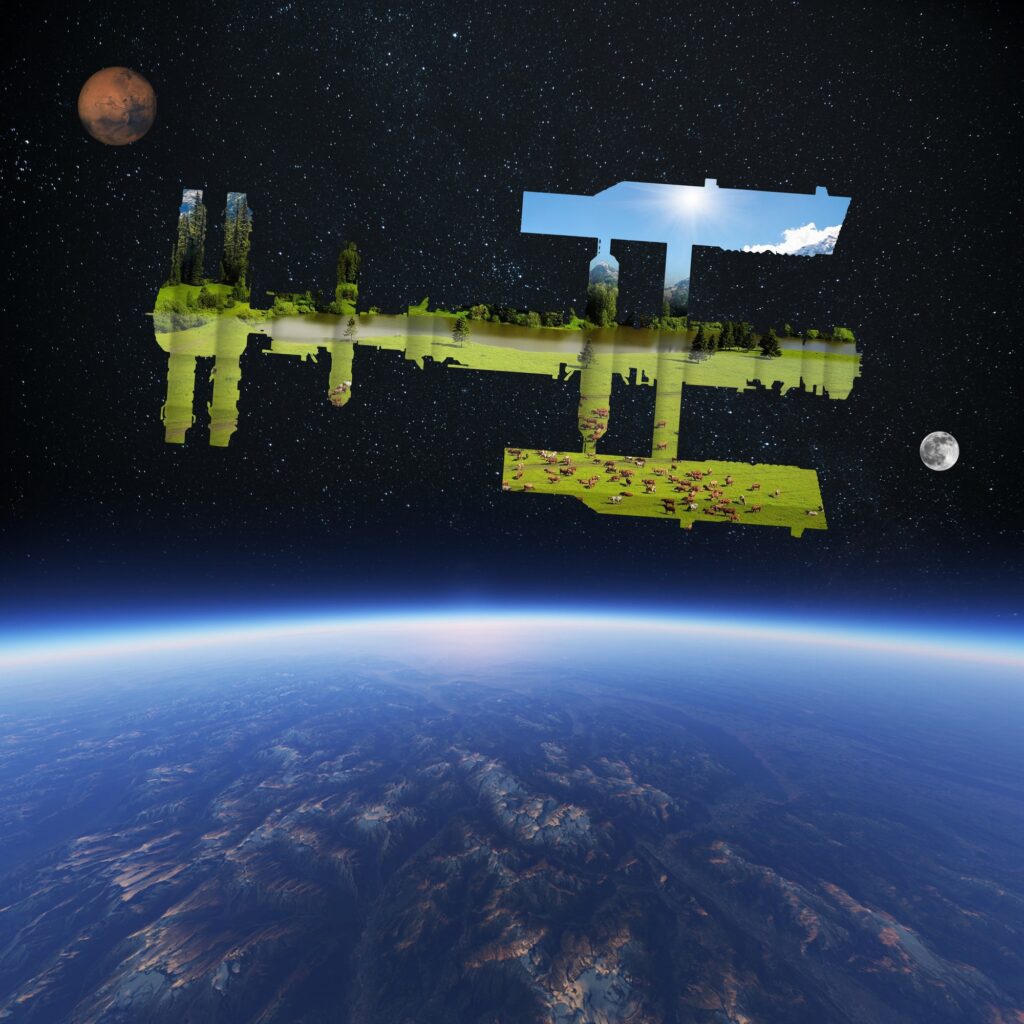
Let’s complicate the task: we are going to the mountains, where the air pressure is insufficient for normal breathing during physical exertion, and therefore, oxygen must also be taken with us in cylinders in compressed form. Water can be obtained there from glaciers, but for this you need to have fuel, a stove and a pot. Mountaineering equipment is added to food and warm clothes. Probably, everyone has seen photos and film footage with huge shoulder bags that climbers have to carry. Now imagine that all this equipment, together with supplies of food and oxygen, must be raised to an altitude of almost 400 km for at least half a year and accelerated to the orbital velocity —and you will understand why the designers of the International Space Station created all the opportunities there of reusing the maximum possible amount of resources.
“Hermetic” life
A person can live for about a month without food, for a maximum of a week without water, and for a few minutes without air. The main vital component of air is the chemical element oxygen in the form of diatomic O2 molecules. At first glance, it is not so much out there — only 21% of atmosphere. There were periods in the history of our planet when the concentration of oxygen in the atmosphere exceeded 25%. Although in fact the main indicator here is not the concentration, but the so-called partial pressure. If it drops to 10 kPa, that is, to half of its “normal” value (corresponding to an altitude of about 5,800 m above sea level), normal breathing becomes impossible for the vast majority of people.
Mass air travel at cruising altitudes of more than 10 km is now possible because the cabins of airliners are made as airtight as possible, and all inevitable losses of internal pressure are compensated by “pumping” air from outside (meanwhile during a flight the pressure there still decreases, but not as much as “out there”. At the dawn of aviation, the pilots of the first high-altitude aircraft necessarily took cylinders with compressed oxygen and actively used them, and after exhausting it, they had to descend to an altitude of less than 6 km to avoid brain damage due to oxygen starvation.

In 1931, the Swiss scientist Auguste Antoine Piccard began the first experiments with high-altitude balloons. As early as May 27, together with his assistant Paul Kipfer, he managed to reach the altitude of 15,785 m. The flight was carried out in a completely sealed cabin (gondola), which was a sphere of 2.1 m diameter. Stratospheric travelers took with them not only supplies of compressed oxygen — there were also special cartridges with hydroxyl lithium LiOH for absorbing carbon dioxide. In the absence of absorbers, this gas, which a person emits during breathing, would begin to accumulate in a closed space, and its increased concentration also has an undesirable effect on the human body, such as dizziness and even fainting away.
In the USSR, Picard’s flights attracted increased attention, and as soon as September 30, 1933, the “SSSR-1” stratostat designed by Konstantin Godunov climbed to a height of 19 km, which became a new world record. The crew, which included Godunov himself, as well as experienced military aviators Ernest Birnbaum and Georgy Prokofiev, made a successful landing near the city of Kolomna close Moscow. In addition to researchers, the gondola carried a large cargo of scientific instruments for studying the upper atmosphere and cosmic rays, as well as oxygen cylinders and supplies of slaked lime (calcium hydroxide) — it was chosen as the cheapest and fairly effective carbon dioxide absorber.
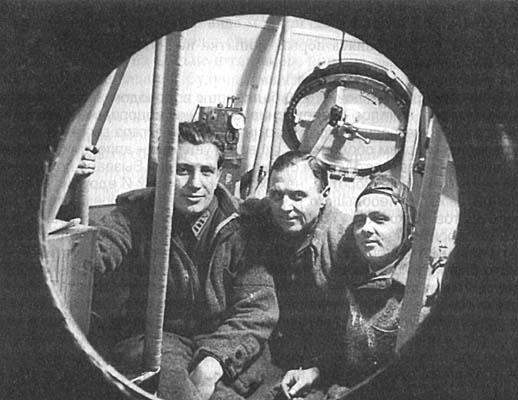
The experience of high-altitude balloons’ designers came handy while developing the first Soviet spacecraft of the Vostok and Voskhod series. However, in their air recovery system, the role of absorber was not performed by calcium hydroxide, but by sodium peroxide Na2O2 and potassium peroxide KO2. These compounds, despite their high cost and danger, have one very important advantage: during the absorption of carbon dioxide and water vapor, they release additional oxygen. Cylinders with compressed gas were also not abandoned, only now they had an oxygen-nitrogen mixture to compensate for possible losses during depressurization. The system made it possible to maintain conditions suitable for the life of one person inside the spherical lander for 10 days.
The first American spacecraft Mercury and Gemini had fundamentally different life support system. Their sealed space was filled with oxygen under a pressure of 246 mm Hg (32.8 kPa). Its losses were compensated from cylinders, which at the same time served to “feed” fuel cells — catalytic reactors that produce electric current when combining oxygen and hydrogen. The product of this reaction is water, which was used for drinking and everyday needs. Carbon dioxide was absorbed by lithium hydroxide.
Long-term missions
In this case, where did the liquid and solid waste of human life go? Actually, until a certain time they were not sent anywhere. While space flights lasted less than a week, cosmonauts and astronauts used a kind of “space diapers” with replaceable tabs, capable of absorbing a large volume of liquid and neutralizing unwanted odors. But as early as the next-generation Soyuz craft — designed for stand-alone stay in space for up to 20 days (with a crew of two people) — a special waste removal and storage system was developed, which had interchangeable nozzles for both men and women. It was installed in the household compartment and in the standard version could serve three cosmonauts for 5 days. When descending from orbit, this compartment separated and burned up in the Earth’s atmosphere, together with all that “stuff”. The landing capsule was equipped with an additional two-liter urinal tank. After landing, the collected waste was unloaded and their samples were taken for analysis.
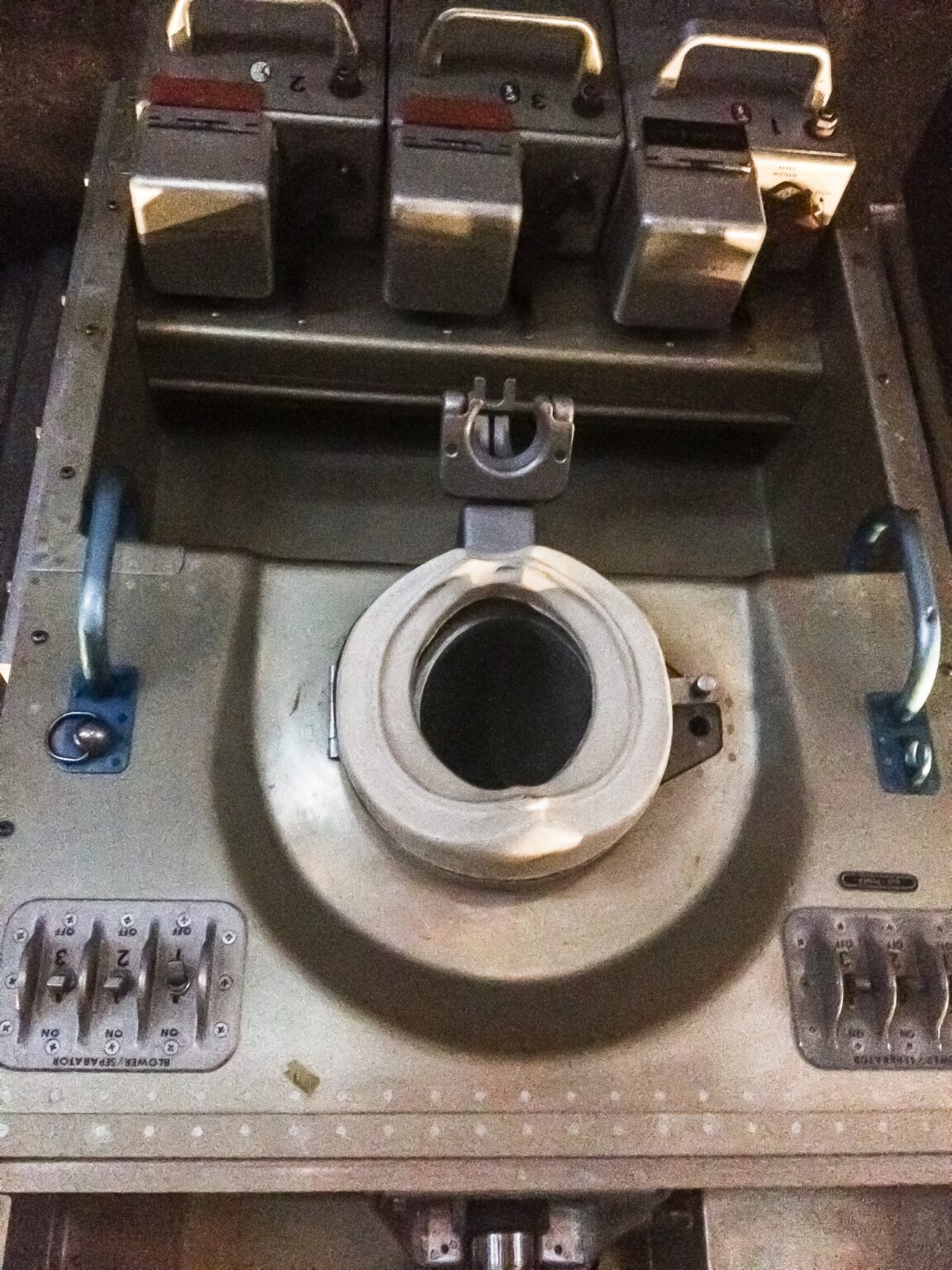
The designers of the Apollo lunar craft chose a different path again. One of their tasks was to make the spaceship as light as possible to reduce the amount of fuel needed for maneuvers near the Moon. Therefore, the astronauts’ urine immediately “poured out” into outer space through a special valve system (designed to prevent depressurization of the ship). In general, the “Apollo toilets” turned out to be so inconvenient that the crew tried to use them as rarely as possible, sometimes even with health consequences. NASA engineers realized that for long-term orbital flights they needed to invent something more advanced, and the result of their efforts was the sanitary system of the Skylab station — the best at that time.
Due to the fact that the station was launched into orbit using the most powerful Saturn V rocket, the designers were not so strictly limited in mass. The astronauts had at their disposal a convenient toilet and even a shower. Moreover, at the time of Skylab’s launch, there were as much as three cubic meters of water on board, and then its stock was replenished by ships delivering new missions. Therefore, the first American space outpost did not experience a “water shortage” (even taking into account the fact that water was used to cool the spacesuits during spacewalks). The problem of oxygen reserves for breathing was also solved. But the carbon dioxide removal system of the new orbital station was completely different from the previous ones.
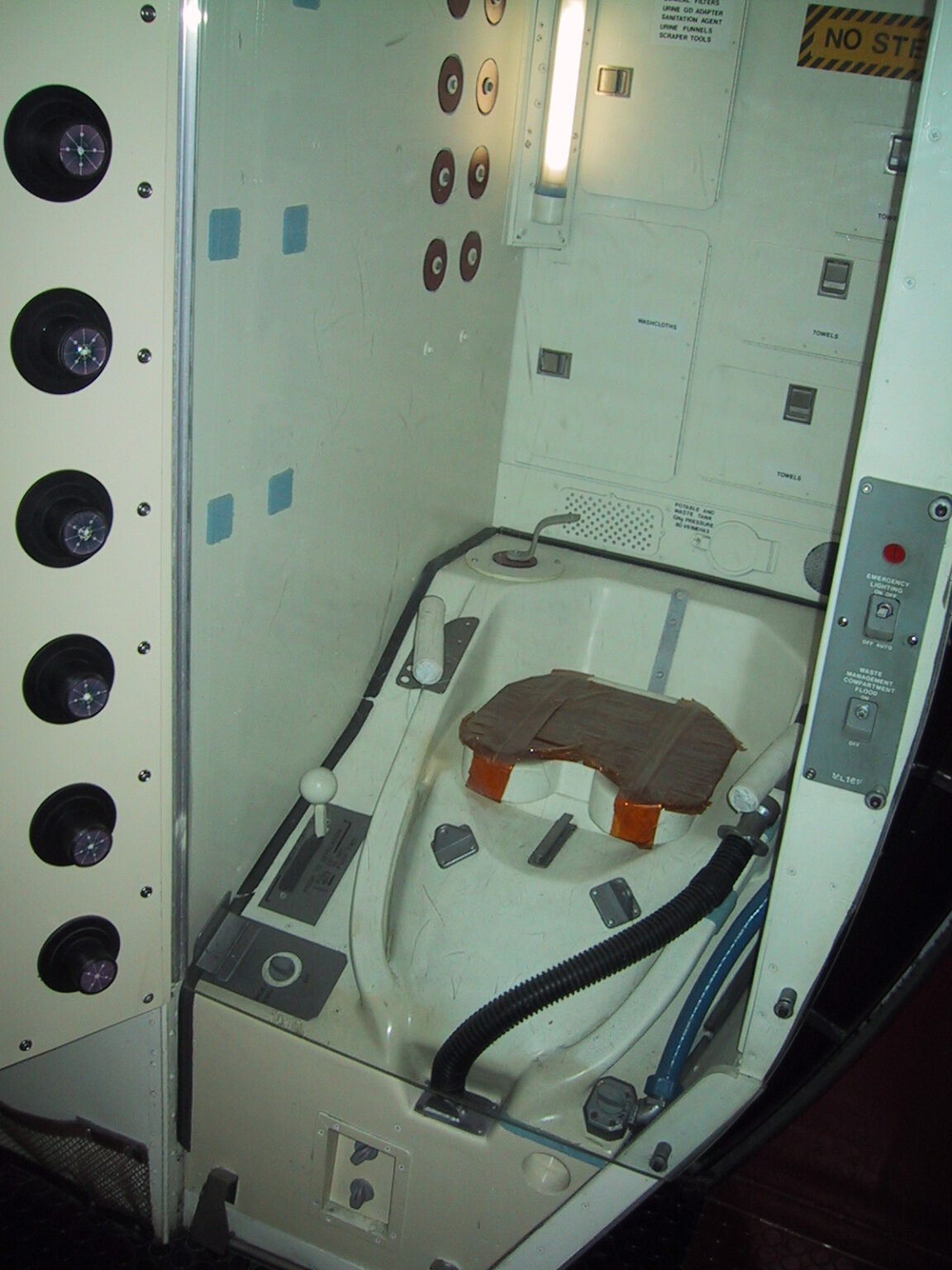
Those studying metabolism of the human body know that with a moderate physical exertion day, a person consumes almost a kilogram of oxygen a day (more precisely, 950 g) and emits 1.3 kg of carbon dioxide. To absorb it, you need 720 g of lithium hydroxide — of all absorbers, it has the smallest mass for the same adsorbing capacity. It is not difficult to calculate that 130 kg of LiOH is needed to ensure the stay of a crew of three astronauts on the spacecraft for two months (and longer missions were also planned). The designers saw the opportunity to save mass here. Instead of many cartridges with hydroxide or peroxide, they installed two tanks with zeolite on Skylab, a substance that also has the ability to absorb CO2, but then release it when the pressure is reduced. These containers worked in shifts: while one was connected to the internal space of the station, cleaning the air from impurities, the second was “opened” into outer space, and it got rid of the absorbed gases, releasing them into a vacuum.
A similar device for removing carbon dioxide was installed on the Mir station, and now similar zeolite absorbers are working on the ISS. But they do not yet ensure the reuse of vital resources. The first real recirculation system went into operation in space in January 1975 on the Soviet Salyut-4.
“Space Well”
The second vital resource is water. Just for drinking, the average person spends 2.5 kg of it per day. But part of it then “returns” in a gaseous state — during breathing and evaporation of sweat. This part is the easiest to recirculate: you only need to cool the air so that the water vapor in it condenses. Such a refrigerator-condenser was installed on Salyut-4.
The operation of the device was greatly complicated by weightlessness. First of all, convection does not happen there (formation of thermal gas flows), so an artificial circulation system was added to the condenser. Secondly, in the absence of gravity, the resulting water did not flow from the cooled surfaces on its own, and it also had to be “blown”. But the system proved its efficiency, allowing to regenerate up to a third of water consumption. After cleaning with special filters, the condensate was used for drinking.
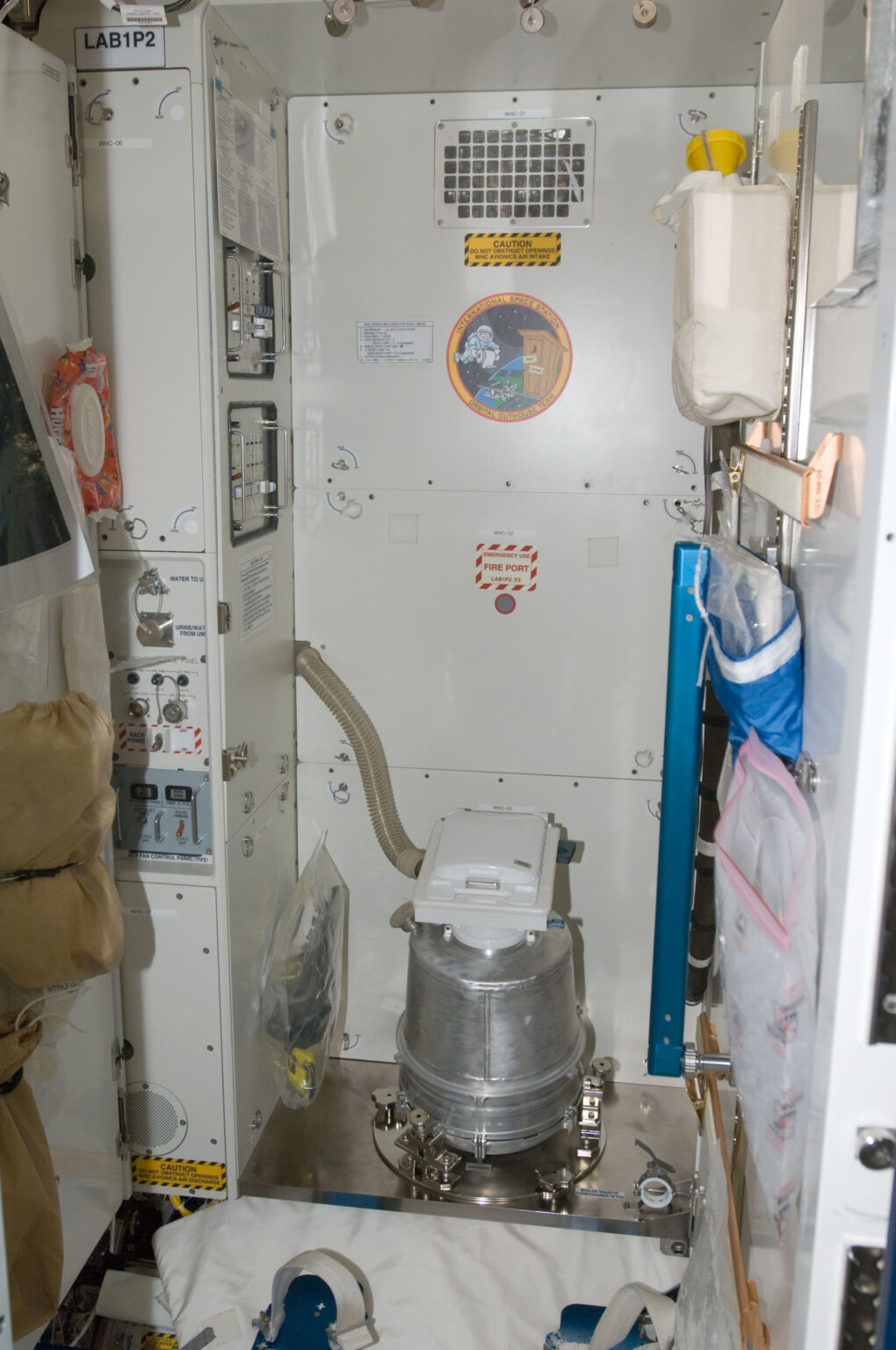
Improved versions of water condensers worked on all subsequent stations of the Salyut series and on the Mir multipurpose orbital complex. They are also installed on the International Space Station. In general, the experience of Mir in the development of life support systems for cosmonauts turned out to be very valuable and is still widely used. Among other things, devices for regenerating technical water and recovering it from urine were tested there (quite successfully). In the first case, filtration and ion exchange were performed using reagents brought from Earth, in the second case, evaporation under reduced pressure followed by condensation of water vapor and discharge of the concentrated residue into the outer space.
In this way, at the Mir station it was possible to bring the rate of water reuse to 70%, and this was considered sufficient to test another technology — the generation of oxygen from aqueous solutions by electrolysis. The hydrogen formed as a by-product was “sifted” using molecular membranes and also thrown into space.
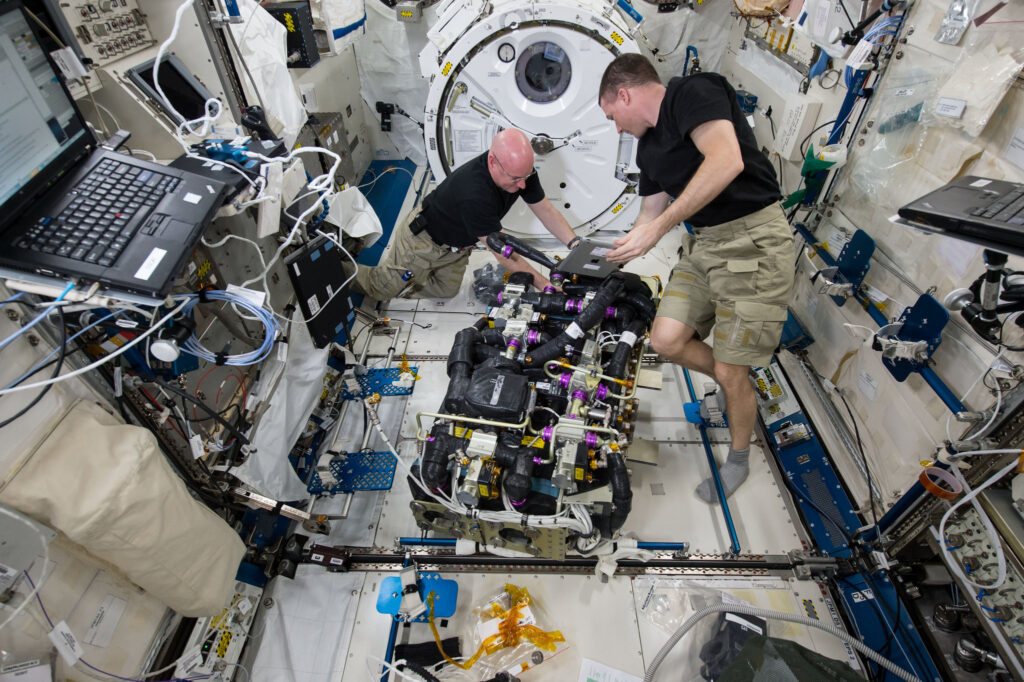
Nowadays, all the mentioned technologies are used on the ISS: evaporation and condensation, zeolites, membranes, as well as ion exchange. Due to this, the degree of water recirculation reaches 93%. Part of it enters the Russian Electron-BM system and the American OGS, where oxygen is extracted from it. This makes it possible to reduce the total mass of vital materials, which are annually delivered to the station by cargo ships, by approximately three tons. Regeneration of urine is currently carried out only in the American segment of the orbital complex, so its residents encourage Russian cosmonauts to use their toilet. And, of course, the station has a reserve stock of (more than two thousand liters) — in case of problems with the supply from Earth.
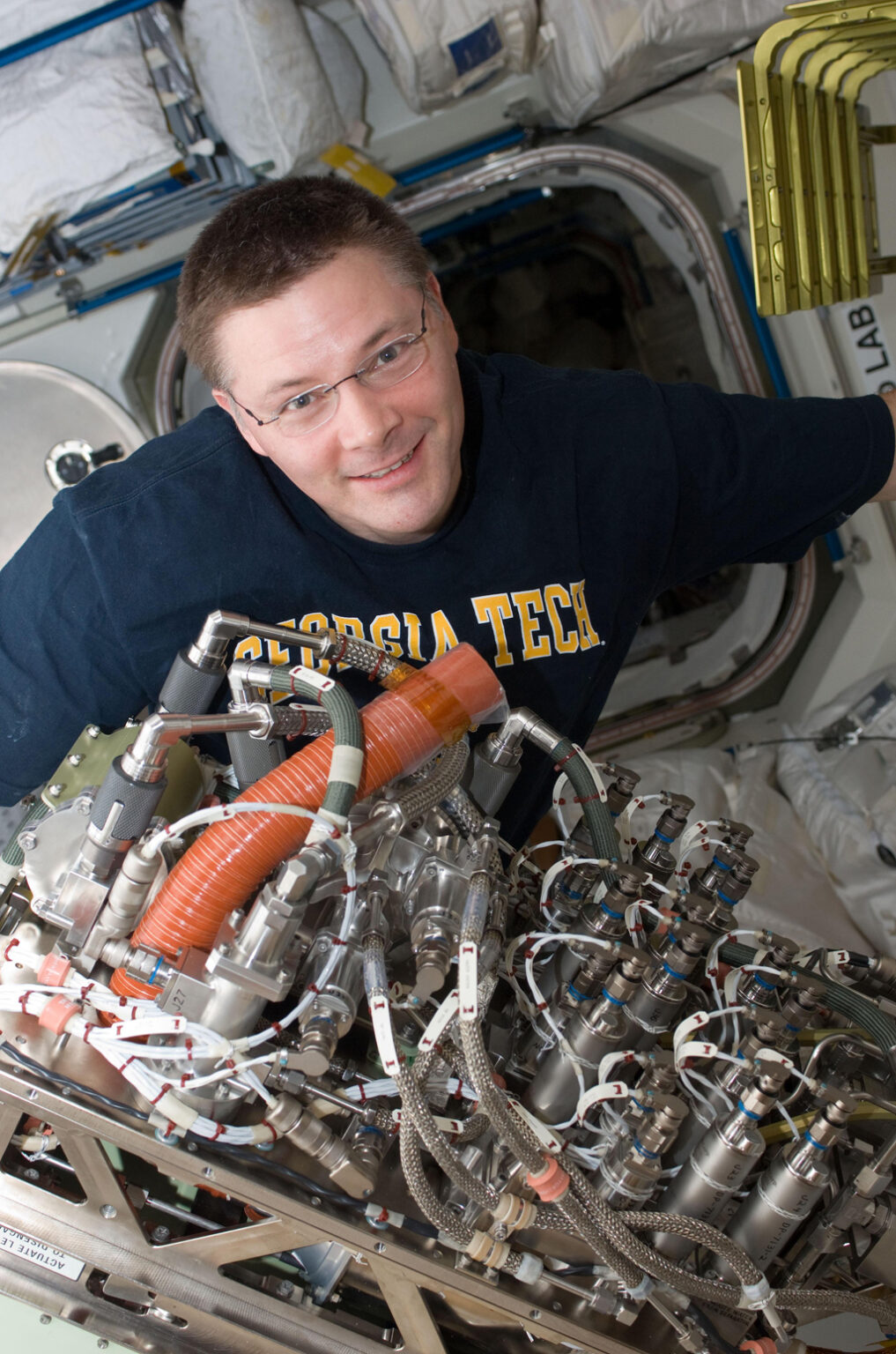
The further plans of NASA engineers are related to the installation of the Sabatier reactor on the ISS — it will allow not to emit an “oxygen molecule” in the composition of carbon dioxide into space, but to restore it to methane using hydrogen (the above mentioned by-product of extracting oxygen from water) by the reaction of CO2+4H2=CH4+2H2O flowing on a special catalyst at 500°C. In the future, the obtained methane can be used as fuel for the station’s jet engines.
Is it still far from full autonomy?
As you can easily see, all existing recycling systems have a significant drawback — they still depend on auxiliary materials that need to be regularly delivered from the home planet. A completely closed life support system should reproduce the Earth’s ecosystem as fully as possible, that is, include plants that would generate oxygen in the process of photosynthesis, as well as fungi and bacteria for processing organic waste of the human body (as we already know, the most effective processing is carried out with the involvement of some insects). In fact, scientists have not yet investigated in detail how these processes take place on Earth and whether any of them can be painlessly neglected — this is evidenced by the failure of two experiments in the Biosphere-2 complex, where eight people were supposed to live for more than a year in complete isolation from the outer environment. Moreover, this complex had a much larger volume than the ISS, contained many components of the ecosystem and was under the influence of “standard” Earth gravity.
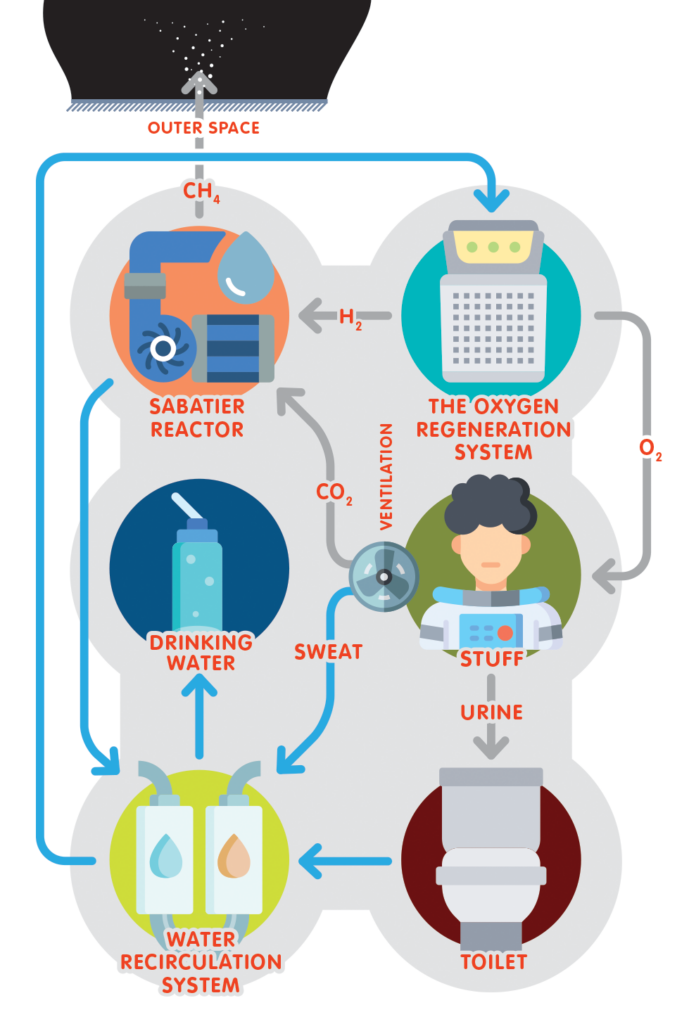
Even if it will be possible to implement full recirculation of oxygen and water for the space vehicle by chemical methods, there is still a third important component of life support, that is, food. A human needs an average of 1.75 kg food per day, and almost all of its consumption in space is now supplied from Earth. It is clear that during an interplanetary flight this will be impossible. For a trip to Mars lasting 200 days (the minimum possible time using existing jet engines, and this is only one way!) a crew of four astronauts will have to take with them almost one and a half tons of food.
The only alternative to this with current technology is growing your own produce in greenhouses on board an interplanetary ship. Such experiments in space have been going on since the 60s of the last century, but in 1982, the first plant that grew and gave seeds outside the atmosphere was the thale cress (Arabidopsis thaliana), planted in a greenhouse on the Salyut-7 station. On the ISS, experiments are constantly being conducted on growing salad, cabbage, radish, sunflowers. “Space Greenery” contributes to cleaning the internal environment of the station from carbon dioxide and saturating it with oxygen. But all these experiments are not aimed at fully providing the crew with food, especially since cultivated plants do not contain all the nutrients and trace elements necessary for humans.
Therefore, experts in ecology and life support systems are still skeptical of plans to create a long-term settlement on Mars, despite the fact that large deposits of water ice have already been found there (with the Moon, the situation is a little better — it is much easier to organize the supply of the lunar base from Earth, and the flight there continues just a few days). However, this does not put an end to future trips to neighboring planets. Modern technologies are developing in different directions: maybe soon we will get new engines that allow us to significantly increase the speed and freight-carrying capacity of interplanetary craft, or maybe we will create the optimal “molecular diet” for astronauts, and they will not have to take too large food supplies. It is also possible that they will spend most of the flight in a state of anabiosis, consuming a minimum of oxygen and nutrients. But, of course, all space enthusiasts hope that someday there will be a small “piece of Earth” outside the planet’s atmosphere — with the usual nitrogen-oxygen air at room temperature, streams, lakes, vegetation and even domestic animals. It doesn’t matter where it will be created — on the Moon, on Mars, on an asteroid or just inside a large interplanetary liner. The main thing is that it will mean another important step of humanity deeper into the universe.

